Today, the “2022 Ophthalmology Development New Engine Summit Forum and National Ophthalmic Medical Imaging New Progress Learning Class,” co-sponsored by the Eye Specialized Committee of the China Non-Public Medical Institutions Association, the District and County Study Group of the Shanghai Medical Association Eye Branch, the Jing’an District Medical Association of Shanghai, and Shanghai Jing’an District Shibei Hospital, was held as scheduled.

This conference adopts offline classes and online live streaming, inviting top experts and scholars from home and abroad to explore new concepts in ophthalmic discipline construction and new directions in ophthalmic technology development together. Focusing on hot issues such as ophthalmic imaging + AI + myopia prevention and control + dry eye, it promotes the popularization and clinical application of new technologies for ophthalmic imaging diagnosis and treatment and enhances the level of ophthalmic clinical diagnosis and treatment. Dr. Chen Xinjian, Chairman of Big Vision Medical Technology Co., Ltd. in Suzhou, was invited to participate in the forum and share the latest developments and achievements in OCT imaging AI-assisted diagnosis technology. At the opening ceremony of the conference, the Ophthalmologic Multimodal Imaging AI Cooperation Research Center jointly established by Shanghai Jing’an District Shibei Hospital, Big Vision Medical Technology, and Suzhou University Medical Image Processing and Analysis Laboratory was officially launched. Ye Qiang, Director of the Jing’an District Health Commission, Professor Chen Jili, Director of the Ophthalmology Department of Shibei Hospital, and Dr. Chen Xinjian, Chairman of Big Vision Medical Technology, jointly unveiled the research center.
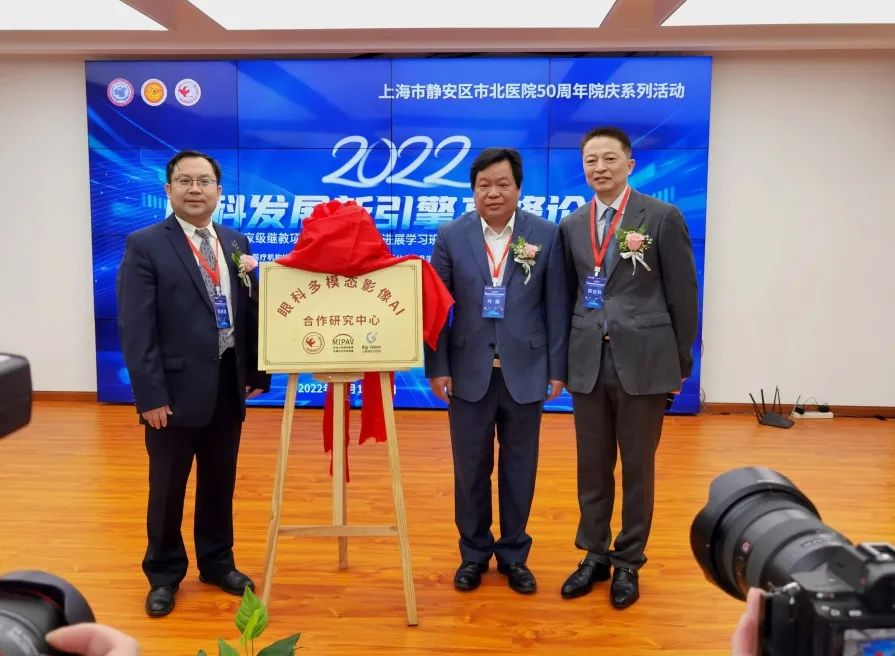
Multimodal imaging is an important tool and method for screening and diagnosing ophthalmic diseases, and multimodal and multi-disease ophthalmic imaging AI is the future development direction that adapts to the real-world clinical scenario needs. Big Vision Medical Technology and Suzhou University Medical Image Processing and Analysis Laboratory (MIPAV) actively carry out industry-university-research cooperation. They are one of the earliest teams in the world to engage in the research of ophthalmic multimodal AI and have been the first to achieve productization of the fundus color photograph and OCT multimodal imaging AI system. Since 2019, the team has actively cooperated with Shibei Hospital to carry out large-scale population screening of ophthalmic multimodal imaging AI for fundus color photographs and OCT in communities. Data shows that ophthalmic multimodal imaging AI has significant advantages in disease diagnosis rate over fundus color photograph single-modal AI. The related results were published in “Biomedical Engineering”.
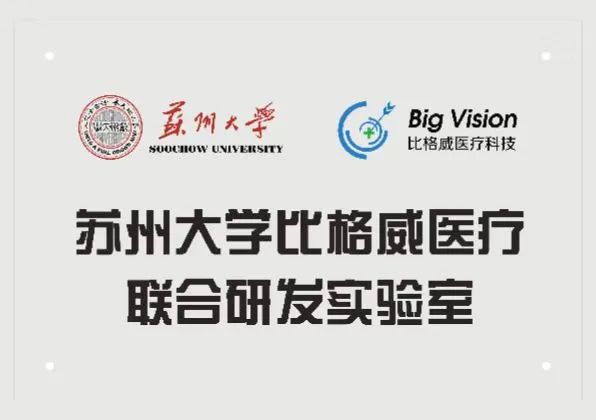
As the degree of aging in our society continues to deepen, the incidence of age-related macular degeneration, diabetic retinopathy and other fundus diseases is constantly increasing. The contradiction between the large base of various eye disease patients and the shortage of primary eye care medical resources will exist for a long time. The use of advanced AI to empower clinical diagnosis and treatment is the only way to solve the problem of primary eye care medical resources. OCT has the advantages of high sensitivity, high resolution, non-invasiveness and so on, and has become an important technical means for ophthalmic disease examination. However, the complex operation of traditional OCT and the high dependence on film reading by high-level doctors have limited its popular application in county-level and grassroots hospitals. In order to further promote the extensive use of OCT examination at the primary level, Big Vision Medical Technology has independently developed the first self-owned intellectual property rights soft-hard integrated artificial intelligence OCT BV1000, which integrates industry-leading OCT imaging AI algorithms, adopts advanced automatic control technology, and carries a powerful cloud-based eye health management platform, providing a one-stop solution for primary eye care. Since its launch, it has been applied in more than 100 hospitals and has received unanimous praise from doctors and patients, actively contributing to science and technology innovation in national eye health.
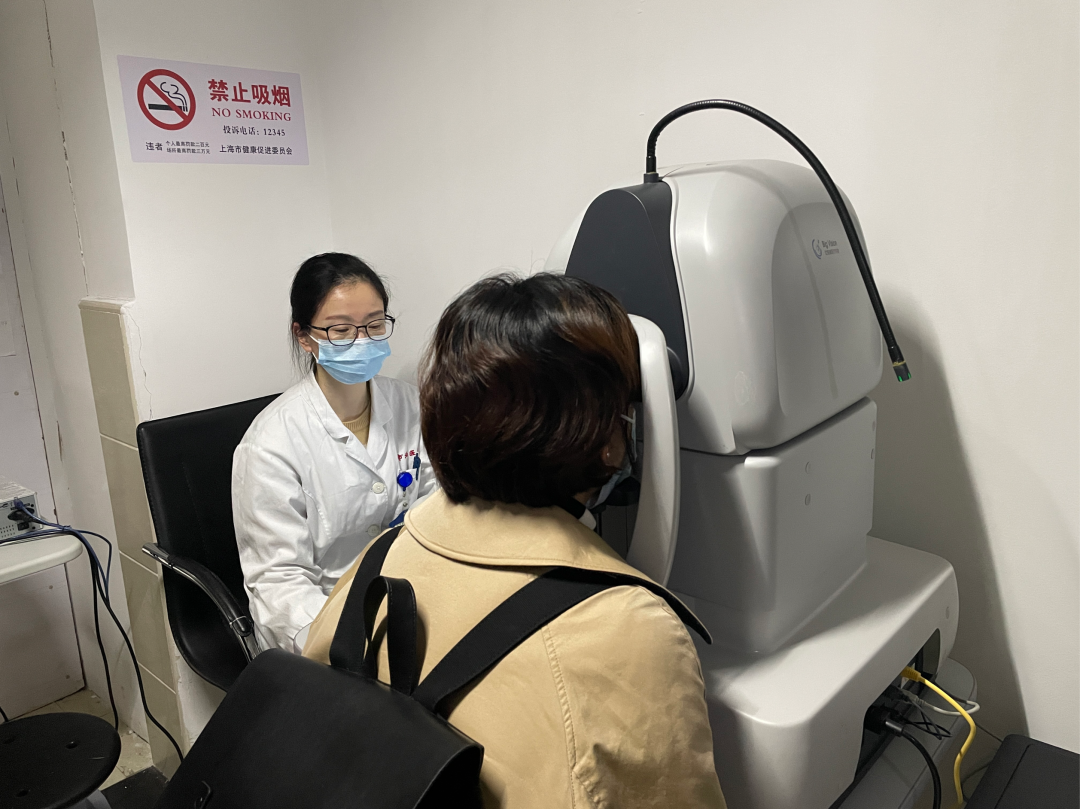
The MIPAV Laboratory of Suzhou University mainly focuses on medical image processing and analysis, and its technology in the field of ophthalmic AI is at the world’s advanced level. The lab has undertaken more than 20 key projects from the National Natural Science Foundation of China and the Ministry of Science and Technology of China. It has published more than 200 papers in top international journals and conferences such as IEEE Transactions on Medical Imaging, IEEE Transactions on Imaging Processing, and IEEE Transactions on Biomedical Engineering. The lab has also applied for more than 80 invention patents at home and abroad, with more than 30 already authorized. As the first completed project lead, the lab has won the second prize of Jiangsu Science and Technology Award and the first prize of Wu Wenjun Artificial Intelligence Technology Invention Award.


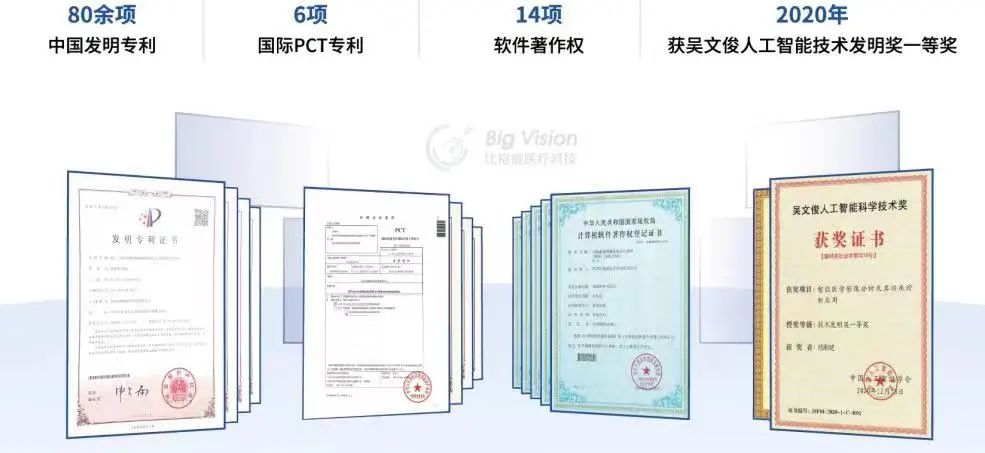
As a key medical specialty in Shanghai and a designated “Bright Center” for National Eye Disease Clinical Medical Research Center, as well as the Shanghai Jing’an Reading Center for the Eye Big Data Joint Laboratory of the National Science and Technology Information Center, Shibei Hospital has always been at the forefront of exploring and practicing real-world applications of ophthalmic AI. Over the past three years, it has provided screening for diabetic retinopathy and chronic fundus diseases to more than 9,300 community residents in Shanghai, greatly reducing the manpower costs required for residents to discover eye diseases and improving the efficiency of tiered diagnosis and treatment within medical alliances. This has truly shifted the focus to prevention of chronic diseases and moved it further down the line, playing a positive demonstrative and promotional role for the clinical application of ophthalmic AI in primary medical institutions.

Jointly building and promoting development to create a new engine of AI.
“The Ophthalmic Multimodal Imaging AI Cooperation Research Center” will leverage the leading technological research and product development capabilities of Big Vision Medical Technology and the MIPAV Laboratory of Suzhou University. It will also rely on the solid community service foundation of Shibei Hospital to become a new starting point for further exploring and deepening the landing mode of ophthalmic AI in primary care institutions. This will accumulate valuable practical experience for the development of ophthalmic AI that meets the needs of the Chinese national conditions.




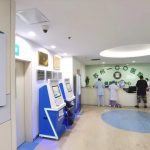




No comments yet.